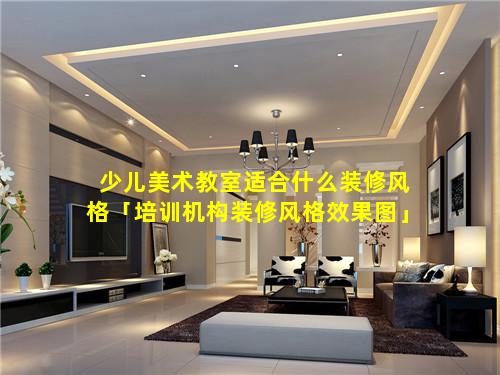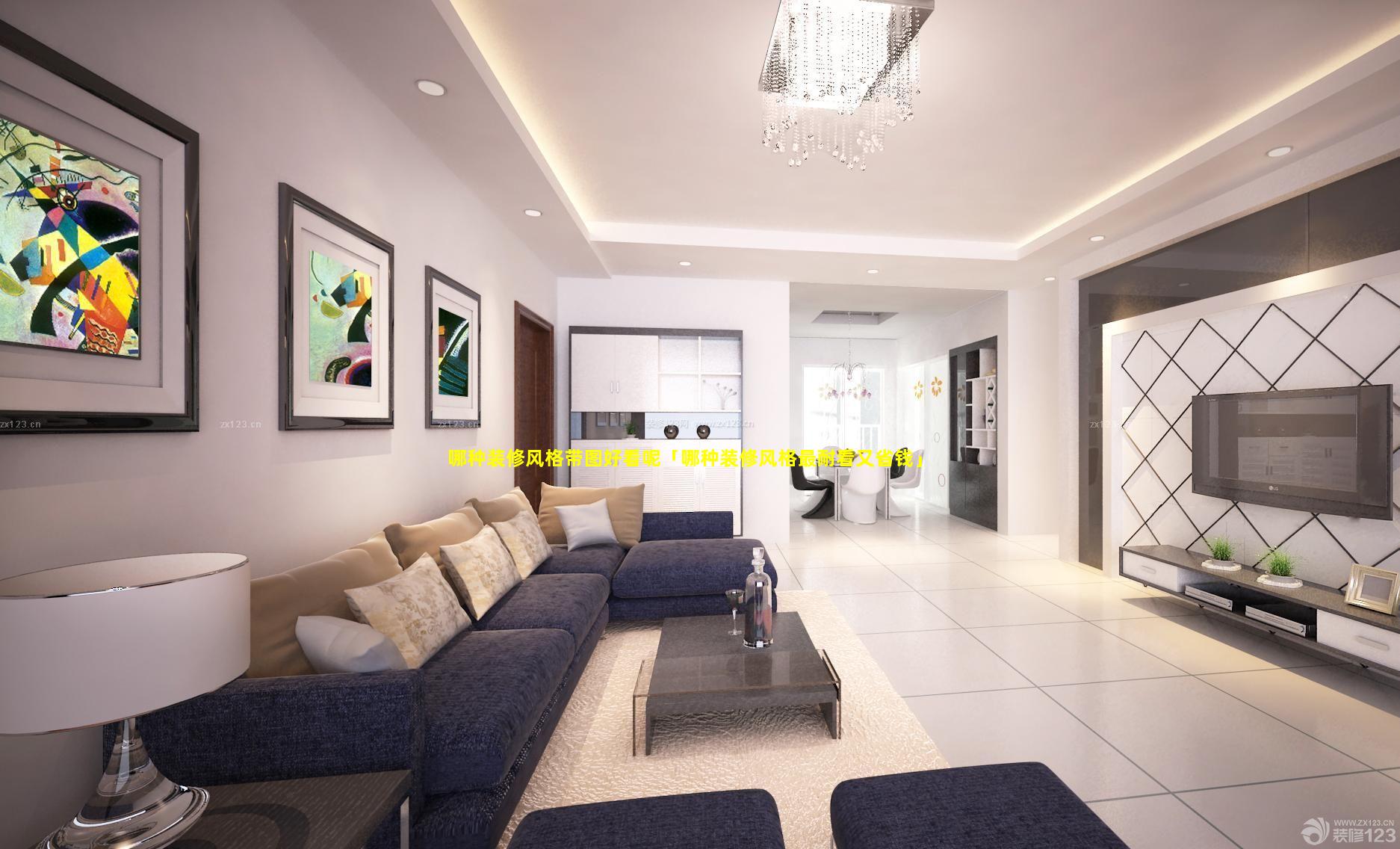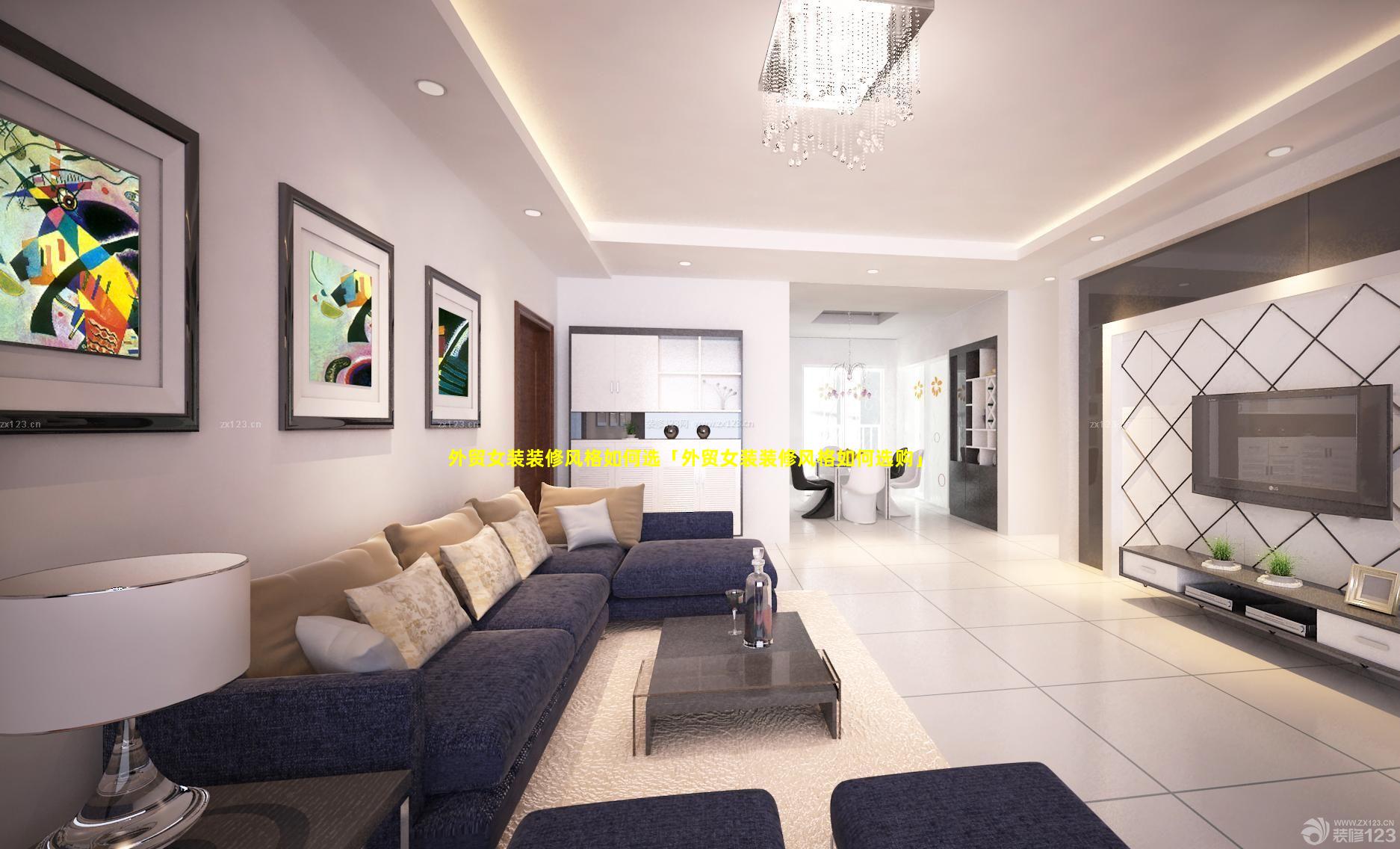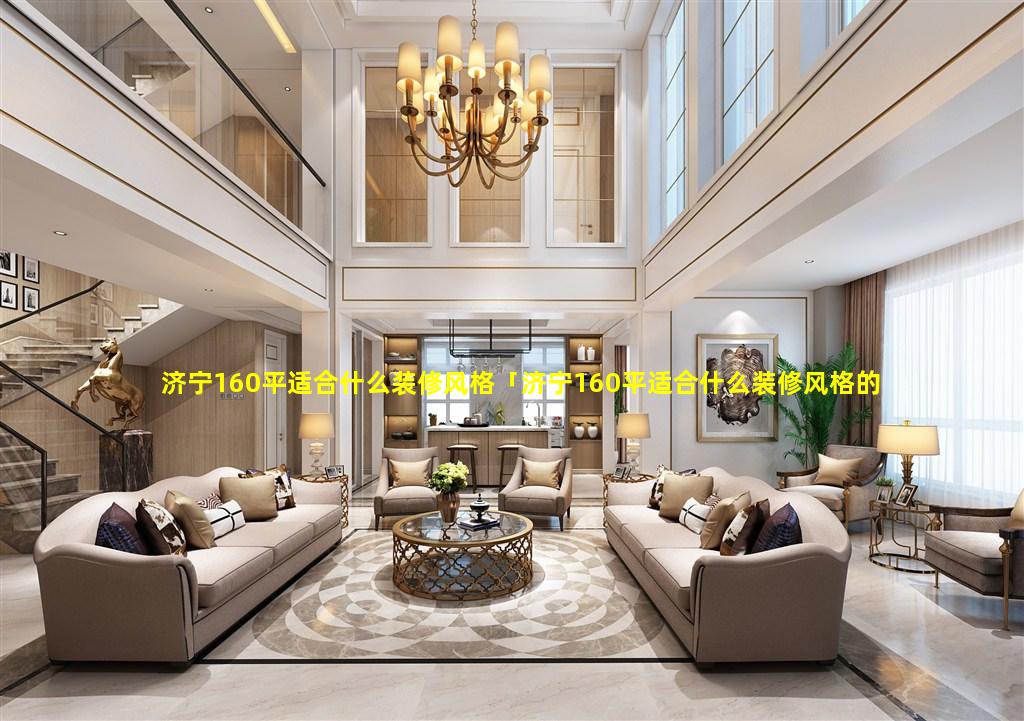1、少儿美术教室适合什么装修风格
适合少儿美术教室的装修风格:
1. 温馨明亮风格
色彩:淡雅的蓝色、绿色、黄色等,营造轻松舒适的环境。
材质:木质地板、柔和的灯光,给人温暖的感觉。
装饰:墙面装饰以儿童绘画为主,增加童趣。
2. 自然主义风格
色彩:以绿色、棕色等自然色调为主,营造森林或田园氛围。
材质:使用竹子、木头、石头等天然材料,贴近大自然。
装饰:布置绿植、动物标本等,启发孩子的想象力和创造力。
3. 波普艺术风格
色彩:鲜艳对比的色彩,如红色、黄色、蓝色等。
材质:塑料、金属等现代材料,体现时尚感。
装饰:使用波普艺术元素,如漫画人物、流行符号等,激发孩子的想象力和表现力。
4. 蒙台梭利风格
色彩:柔和的暖色调,如米色、粉色、绿色等。
材质:注重环保和自然材料,如木质桌椅、棉质地毯。
装饰:布置开放式架子、不同高度的桌椅,培养孩子的独立性和探索能力。
5. 森系风格
色彩:以绿色、棕色为主,营造森林氛围。
材质:木质地板、藤编家具,贴近自然。
装饰:布置绿植、苔藓等元素,激发孩子的想象力和大自然亲和力。
注意事项:考虑儿童的年龄和特点,选择适合的装修风格。
注重采光和空间布局,营造宽敞明亮的环境。
选择环保和安全的材料,保障儿童健康。
布置舒适的休息区域和展示空间,让孩子充分发挥创造力。
2、培训机构装修风格效果图
特点:线条简洁、色彩明快、功能性强。
色彩:以白色、灰色、黑色为主,搭配鲜艳的点缀色。
材料:玻璃、金属、木材、石材等现代材料,强调质感与空间感。
效果图:宽敞明亮的空间,简约整洁的家具,高科技的教学设备。
北欧风特点:自然温馨、简洁实用、注重细节。
色彩:以白色、米色、原木色为主,搭配明快的色调。
材料:天然木材、棉麻织物、皮革等自然环保的材料。
效果图:舒适宜人的氛围,实用的桌椅布局,温馨的软装搭配。
工业风特点:粗犷豪迈、简洁大气、彰显个性。
色彩:以灰色、黑色、锈色为主,搭配少量的亮色。
材料:水泥、砖墙、金属等工业元素,打造出硬朗粗犷的空间。
效果图:宽敞开阔的空间,粗犷的管道和电线,个性化的复古家具。
新中式风特点:传统元素与现代设计相结合,典雅大气、时尚精致。
色彩:以红木色、黑色、金色为主,搭配少量的青花瓷元素。
材料:红木家具、玉石摆件、丝绸挂画等传统元素,搭配现代的玻璃和金属。
效果图:庄重典雅的空间,实木桌椅搭配软包沙发,精致的中国风饰品点缀。
轻奢风特点:低调奢华、精致优雅、注重细节。
色彩:以金色、银色、黑色为主,搭配少量的亮色。
材料:大理石、皮革、丝绸等高档材料,打造出奢华大气又舒适的空间。
效果图:宽敞明亮的空间,豪华的桌椅家具,精致的灯饰和软装搭配。

3、美术教室装修效果图片
Step 1: Capture HighQuality Images
Your virtual tour is only as good as the images you use. So, take the time to capture highquality, welllit photographs of your classroom. Use a tripod to keep your camera steady and shoot in a landscape orientation.
Step 2: Choose a Virtual Tour Software
There are a number of different virtual tour software programs available, both free and paid. Some popular options include:
Matterport: A professionalgrade virtual tour software that allows you to create immersive, 3D tours.
Kuula: A free and easytouse virtual tour software that allows you to create basic tours with hotspots.
Pano2VR: A paid virtual tour software that offers a wide range of features and customization options.
Step 3: Create Your Tour
Once you have chosen a virtual tour software, you can start creating your tour. Most software programs will provide you with a userfriendly interface that makes it easy to add images, hotspots, and other interactive elements.
Step 4: Add Hotspots and Information
Hotspots are clickable areas on your virtual tour that allow viewers to access additional information. You can use hotspots to link to websites, videos, or other resources. You can also use hotspots to add text or audio narration to your tour.
Step 5: Publish Your Tour
Once you have created your virtual tour, you can publish it to a website or social media platform. Most virtual tour software programs will provide you with a link that you can share with others.
Step 6: Promote Your Tour
Once your virtual tour is published, be sure to promote it to your students and parents. You can do this by sending out emails, posting on social media, or adding a link to your website.
Tips for Creating an Impressive Virtual Tour
Use highquality images: Your images should be sharp, welllit, and in focus.
Choose a userfriendly software program: The software you choose should be easy to use and allow you to create the type of tour you want.
Add hotspots and information: Hotspots and information make your virtual tour more interactive and engaging.
Promote your tour: Be sure to promote your virtual tour to your students and parents so they can experience your classroom from anywhere.
4、美术教室布置效果图
18 16 44 x 56 cm
to 16 x 21 cm
6 30 x 40 cm
4 46 x 60 cm
to 16 x 21 cm
3 40 x 51 cm
to 16 x 21 cm
4 51 x 66 cm
3 33 x 46 cm
5 41 x 51 cm
to 16 x 21 cm
4 33 x 46 cm
3 41 x 51 cm
40 x 51 cm
to 16 x 21 cm
7 33 x 46 cm



